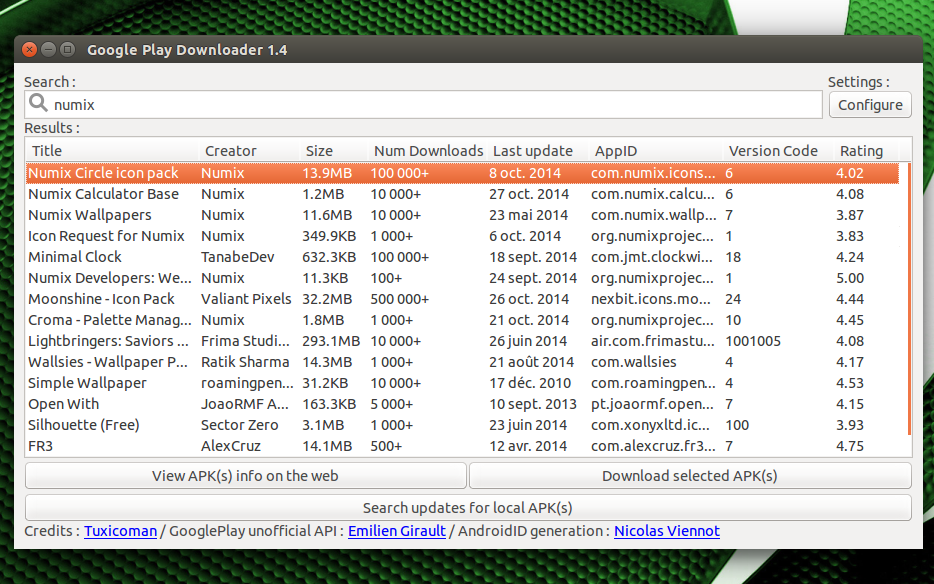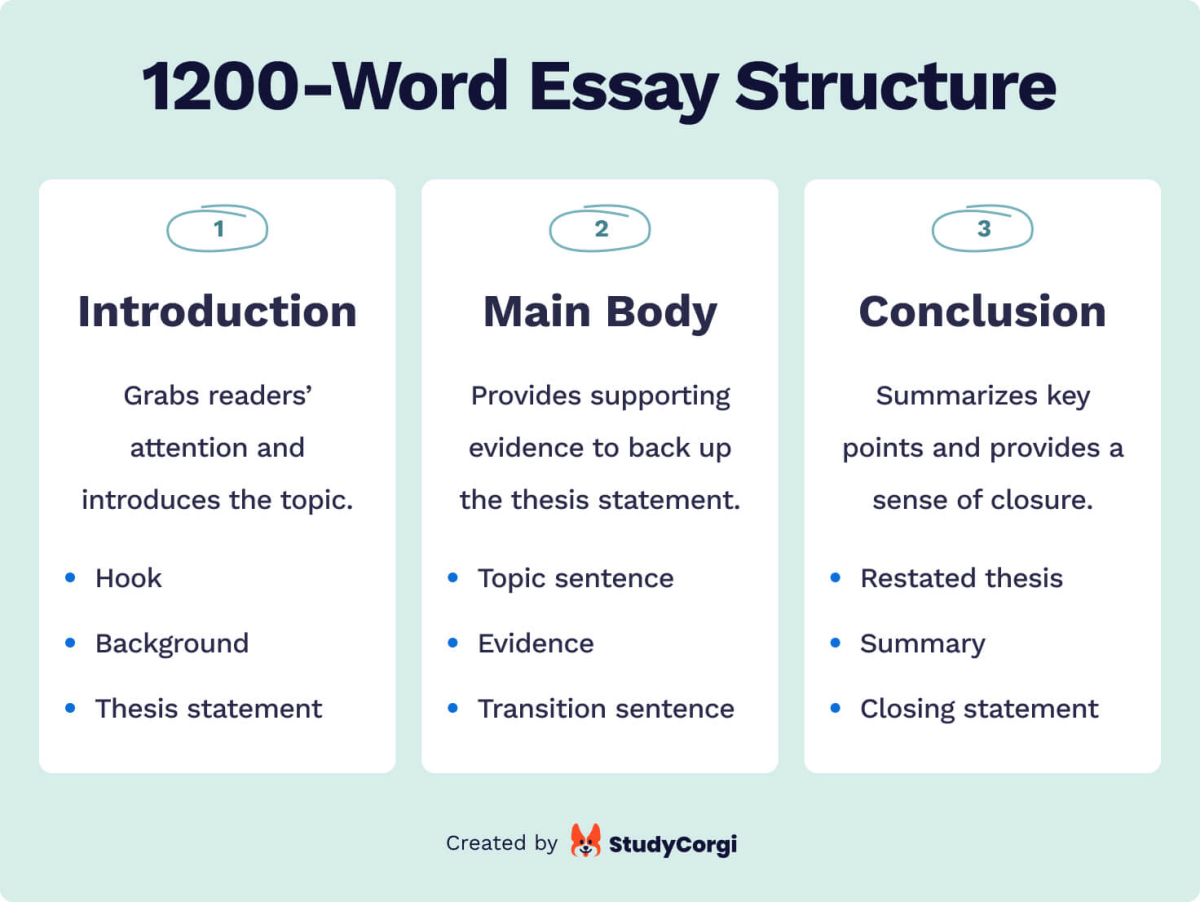“Okay, here is an article about YouTube download APKs, written in English and aiming for approximately 1600 words.
Okay, here is an article about YouTube download APKs, written in English and aiming for approximately 1600 words.

Navigating the World of YouTube Download APKs: Convenience, Features, and Significant Risks
YouTube has become an indispensable part of our digital lives, serving as a vast repository of entertainment, education, news, and creative content. From music videos and documentaries to tutorials and vlogs, there’s an endless stream of videos to watch. However, accessing this content often requires a stable internet connection, which isn’t always available. This limitation has led many users to seek ways to download YouTube videos for offline viewing.
While YouTube offers an official offline viewing feature within its mobile app, it comes with limitations: downloads are temporary, tied to the app, and only available for certain videos. Furthermore, the most comprehensive official download solution, YouTube Premium, requires a paid subscription. This is where third-party applications, often distributed as APK files outside the official Google Play Store, come into play. These "YouTube download APKs" promise greater flexibility, free access, and additional features, but they also introduce a complex landscape of convenience, legality, and significant security risks.
This article delves into the world of YouTube download APKs, exploring why people use them, what features they offer, how they generally work, and, most importantly, the substantial risks associated with downloading and installing applications from unofficial sources.
Why People Seek Third-Party YouTube Downloaders
The desire to download YouTube videos stems from various practical needs and preferences:
- Offline Access: This is the primary driver. Users want to watch videos during commutes, flights, in areas with poor connectivity, or simply without consuming mobile data.
- Saving Data: Downloading videos once over Wi-Fi is far more data-efficient than streaming them repeatedly using a mobile data plan.
- Watching Specific Clips Repeatedly: For educational purposes, learning a skill, or enjoying a favorite scene, having a local copy allows for instant, repeated playback without buffering.
- Archiving Content: Some users may wish to save videos they fear might be removed or altered online.
- Extracting Audio: Many users are only interested in the audio track of a video (e.g., music, podcasts, lectures) and want to download it as an MP3 file.
- Bypassing Official Limitations: The official YouTube app’s offline feature is restricted – downloads expire, are only playable within the app, and not all videos are downloadable. Third-party apps often bypass these restrictions.
- Cost: YouTube Premium offers robust download features, but it’s a subscription service. Many users look for free alternatives.
- Additional Features: Some third-party apps offer features not found in the official app, such as downloading in various formats and resolutions, batch downloads, or built-in ad-blocking.


These motivations highlight a genuine user need that isn’t fully met by official channels, creating a demand that third-party developers are eager to fill.
Understanding APKs and Unofficial Sources
An APK (Android Package Kit) is the file format used by the Android operating system for distribution and installation of mobile applications. When you download an app from the Google Play Store, you are essentially downloading and installing an APK file, but the process is managed seamlessly by the store.
"YouTube download APKs," in the context of this discussion, refers to APK files for applications that are not available on the official Google Play Store. These apps are typically distributed through:
- Third-party app stores (like F-Droid, Aptoide, APKMirror – though even these vary in trustworthiness).
- Independent websites run by the app developers or hosting sites.
- Forums and online communities.
Installing an APK from an unofficial source requires the user to enable the "Install unknown apps" permission in their Android device settings. This bypasses the security checks and vetting processes that Google Play Store provides, opening the door to significant risks.
How YouTube Download APKs Generally Work
While the specific implementation varies between apps, most YouTube download APKs operate on a similar principle:
- Video URL Input: The user typically copies the URL (web address) of the YouTube video they want to download and pastes it into the downloader app. Some apps have a built-in browser or integrate with the YouTube app’s share function.
- Parsing the Page: The downloader app then "parses" (reads and analyzes) the YouTube video page associated with the URL.
- Identifying Video Streams: YouTube delivers video content via various streams, often in different resolutions, formats (like MP4, WebM), and sometimes separating video and audio tracks. The downloader app identifies the direct URLs for these streams.
- Presenting Download Options: The app presents the user with a list of available formats and resolutions (e.g., 1080p MP4, 720p MP4, 360p MP4, MP3 audio).
- Downloading the Stream: When the user selects an option, the app downloads the corresponding video or audio stream directly to the device’s storage. If video and audio were separate streams, the app might then "mux" (combine) them into a single file.
This process essentially circumvents the standard YouTube viewing interface and directly accesses the underlying media files, which is why these apps are not permitted on the Google Play Store and violate YouTube’s Terms of Service.
Common Features Offered by YouTube Download APKs
To attract users, these third-party apps often boast a range of features beyond simple downloading:
- Multiple Resolution and Format Options: Users can typically choose from a wide range of video resolutions (from low-quality 144p up to 4K or even 8K, if available) and formats (primarily MP4 and WebM). Audio-only downloads in formats like MP3 or M4A are also common.
- Audio Extraction: Dedicated options to download only the audio track of a video, perfect for music or podcasts.
- Batch Downloads: The ability to queue multiple videos for download simultaneously or sequentially.
- Built-in Browser/Search: Some apps include a web browser specifically for navigating YouTube within the app, making it easier to find videos without switching apps.
- Integration with YouTube App: Many offer a "Share" option within the official YouTube app that directs the video link to the downloader app.
- Background Downloading: Downloads continue even if the app is closed or the screen is off.
- Faster Download Speeds: Some apps claim optimized download speeds.
- Ad-Blocking: A significant draw for many users is the inclusion of ad-blocking features, not just within the downloader app itself, but sometimes even for blocking ads on YouTube when viewed through the app’s built-in browser.
- Background Playback: Allowing videos to play in the background while using other apps or with the screen off, a feature usually restricted to YouTube Premium.
- User Interface: Varying from basic and functional to sleek and modern designs.
These features, particularly the ad-blocking and background playback, offer a user experience that rivals or exceeds the free version of the official YouTube app, making third-party APKs very appealing despite the risks.
Popular Examples (Discussed with Caution)
It’s impossible to discuss YouTube download APKs without mentioning some of the names that frequently appear in online searches and forums. However, it is absolutely critical to reiterate that mentioning these names is not an endorsement, and users should exercise extreme caution. The landscape of these apps changes frequently, and what might be considered relatively "safer" one day could become problematic the next.
Some commonly cited examples include:
- Snaptube: Known for supporting downloads from various platforms beyond YouTube and offering a wide range of formats. Often comes with significant advertising.
- VidMate: Similar to Snaptube, supporting multiple sites and offering various download options. Also typically ad-supported.
- TubeMate: One of the older and more established names in this space, offering a straightforward interface for downloading.
- NewPipe: An open-source, lightweight YouTube client that focuses on privacy and doesn’t use YouTube’s official APIs. It offers background playback, downloading, and is generally considered safer from a privacy/malware perspective because it’s open source and doesn’t rely on ads or trackers, but it’s still not an official app and bypasses YouTube’s systems.

